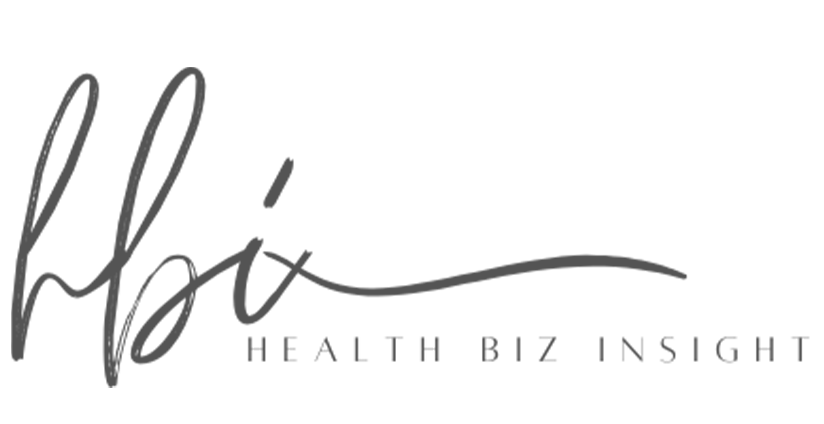
The world of aesthetic medicine is evolving at an unprecedented pace. With advancements in techniques, technologies, and products emerging regularly, staying informed is no longer optional for practitioners-it’s essential. Continuous training is critical not only for maintaining professional standards but also for meeting client expectations, ensuring safety, and staying competitive in an increasingly sophisticated market. This article explores the multifaceted importance of ongoing education in aesthetic medicine and its benefits for both practitioners and their clients.
Meeting the Expectations of a Well-Informed Clientele
Today’s clients are savvier than ever. With an abundance of information available at their fingertips, they arrive at consultations with a clear idea of the treatments they’re interested in and the results they hope to achieve. Social media, beauty influencers, and online reviews have created a well-informed audience that knows about trending procedures, such as “baby Botox” or the latest skin-tightening devices.
To meet these heightened expectations, practitioners must stay ahead of the curve. Aesthetic clients aren’t just looking for someone who can perform a procedure-they want a knowledgeable professional who understands the nuances of modern techniques and can guide them toward the most suitable solutions.
Regular training equips practitioners with up-to-date knowledge, allowing them to answer client questions confidently and propose treatments that align with current industry standards. This not only builds trust but also enhances the overall client experience, developing long-term loyalty. Clients are more likely to return to a practitioner who demonstrates expertise and stays informed about the latest advancements.
Keeping Up with Advancements in Techniques and Technology
Aesthetic medicine is driven by innovation. From minimally invasive procedures to groundbreaking laser treatments and high-tech skincare solutions, the industry is continually evolving. For practitioners, keeping up with these advancements is crucial. Falling behind means relying on outdated methods, which can result in suboptimal results or even safety concerns.
For example, advancements in dermal fillers have led to the development of longer-lasting and more natural-looking options. Similarly, new devices, such as ultrasound-based skin-tightening systems, have revolutionised non-invasive treatments. Practitioners who invest in continuous education can offer these cutting-edge solutions, ensuring their clients receive the best possible care.
Additionally, staying current allows practitioners to remain competitive. Clients are more likely to choose a clinic that offers the latest treatments over one that hasn’t updated its offerings in years. By embracing new techniques and technology, practitioners can position themselves as leaders in the field, attracting a broader client base.
Ensuring Safety and Compliance
In aesthetic medicine, safety is paramount. While the industry has made significant strides in minimising risks, new treatments and technologies come with their own safety protocols and guidelines. Regulatory standards often evolve alongside these advancements, making it essential for practitioners to stay informed.
Continuous training ensures that practitioners are well-versed in the latest safety measures, from proper injection techniques to sterilisation protocols. This not only protects clients but also safeguards the practitioner’s reputation. A single mishap due to outdated knowledge can have serious consequences, including loss of client trust or legal repercussions.
Additionally, compliance with industry regulations is a legal and ethical obligation. Practitioners who stay up to date with training are better equipped to navigate the complexities of changing guidelines, ensuring their practice remains compliant and reputable.
Enhancing Treatment Outcomes
Precision is key in aesthetic medicine, and achieving optimal results often requires a deep understanding of anatomy, technique, and product application. Regular training helps practitioners refine their skills, enabling them to deliver consistent, high-quality outcomes.
For instance, mastering advanced injection techniques for dermal fillers can mean the difference between a natural-looking enhancement and an overdone appearance. Similarly, understanding the nuances of laser technology ensures treatments are customised to each client’s skin type and concerns, reducing the risk of complications.
Training also provides opportunities for hands-on practice under the guidance of experts. These experiences are invaluable for building confidence and honing skills, especially when learning new procedures. The more a practitioner invests in their education, the better equipped they are to meet and exceed client expectations.
Adapting to Changing Trends
The aesthetic industry is closely tied to cultural and social trends, which can shift rapidly. What’s popular today might be considered outdated tomorrow, making it essential for practitioners to stay adaptable.
For example, the rise of more subtle adjustments reflects a growing demand for subtle, natural-looking enhancements. Similarly, trends such as preventative Botox or combination treatments have gained traction as clients seek personalised solutions. Practitioners who keep up with these shifts can tailor their offerings to align with client preferences, ensuring their practice remains relevant.
Staying attuned to trends also allows practitioners to educate their clients. For instance, while social media might glorify certain procedures, they’re not always suitable for everyone. A knowledgeable practitioner can guide clients toward treatments that align with their unique goals and anatomy, building trust and ensuring satisfaction.
Building Professional Networks
Training programmes, workshops, and industry conferences provide more than just education-they offer valuable networking opportunities. Connecting with peers, mentors, and industry leaders encouraging collaboration and knowledge-sharing, enriching a practitioner’s professional development.
Through these connections, practitioners can gain insights into emerging innovations, discuss best practices, and even explore potential partnerships. Networking also helps build a support system within the industry, providing access to advice and mentorship that can be invaluable for personal and professional growth.
Gaining a Competitive Advantage
In an increasingly crowded market, standing out is more important than ever. Clients are drawn to practitioners who demonstrate expertise, confidence, and a commitment to excellence. Continuous training sets practitioners apart, showcasing their dedication to staying at the forefront of the industry.
Investing in education not only attracts new clients but also encourages repeat business. Clients who see their practitioner consistently updating their skills and offering new treatments are more likely to return and recommend the practice to others.
Staying competitive doesn’t just mean adopting new treatments-it also involves refining existing services. Regular training helps practitioners perfect their techniques, ensuring every client receives the highest standard of care.
Supporting a Culture of Lifelong Learning
Continuous training isn’t just about keeping up-it’s about creating a mindset of lifelong learning. The best practitioners are those who remain curious and open to the latest ideas, constantly seeking ways to improve their skills and enhance client outcomes.
This culture of learning benefits not only the practitioner but also the wider aesthetic community. By sharing knowledge and experiences, practitioners can contribute to the growth and development of the industry, raising standards for everyone involved.
Conclusion
In aesthetic medicine, continuous training is far more than a professional obligation-it is a commitment to safety, innovation, and excellence. By staying informed about the latest advancements, practitioners can meet client expectations, deliver superior results, and thrive in a competitive market.
For clients, this dedication to ongoing education translates into a safer, more satisfying experience. They can trust that their practitioner is equipped with the latest knowledge and skills, ensuring they receive the best possible care.
As the field continues to evolve, those who embrace lifelong learning will lead the way in shaping the future of aesthetic medicine. Continuous training isn’t just an investment in professional growth-it’s a promise to clients that they’re in the hands of a practitioner who values their safety, satisfaction, and success.







